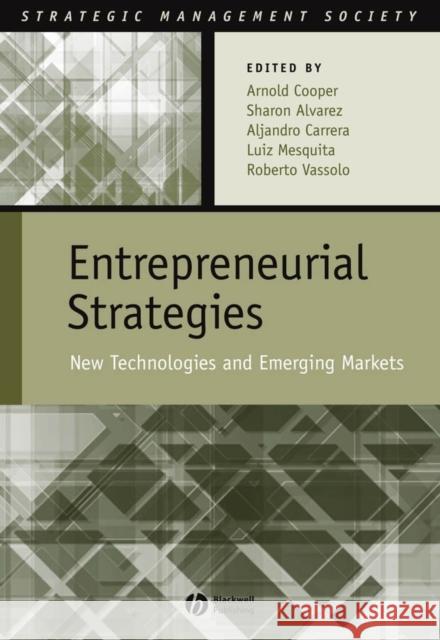Entrepreneurial Strategies: New Technologies in Emerging Markets » książka
topmenu
Entrepreneurial Strategies: New Technologies in Emerging Markets
ISBN-13: 9781405141673 / Angielski / Twarda / 2006 / 248 str.
Entrepreneurial Strategies: New Technologies in Emerging Markets
ISBN-13: 9781405141673 / Angielski / Twarda / 2006 / 248 str.
cena 318,29 zł
(netto: 303,13 VAT: 5%)
Najniższa cena z 30 dni: 315,03 zł
(netto: 303,13 VAT: 5%)
Najniższa cena z 30 dni: 315,03 zł
Termin realizacji zamówienia:
ok. 30 dni roboczych
Bez gwarancji dostawy przed świętami
ok. 30 dni roboczych
Bez gwarancji dostawy przed świętami
Darmowa dostawa!
This book presents a series of studies from different scholars, looking at entrepreneurial strategies and innovation in emerging market economies.
- Represents the view of the entrepreneur in local as well as multinational corporations.
- Focuses on how entrepreneurial activities can take advantage of new technologies in emerging market economies.
- Considers how companies operating in EMEs can cope with the main environmental constraints.
- Written in an accessible style, free from jargon, and does not require any prior technical knowledge.











